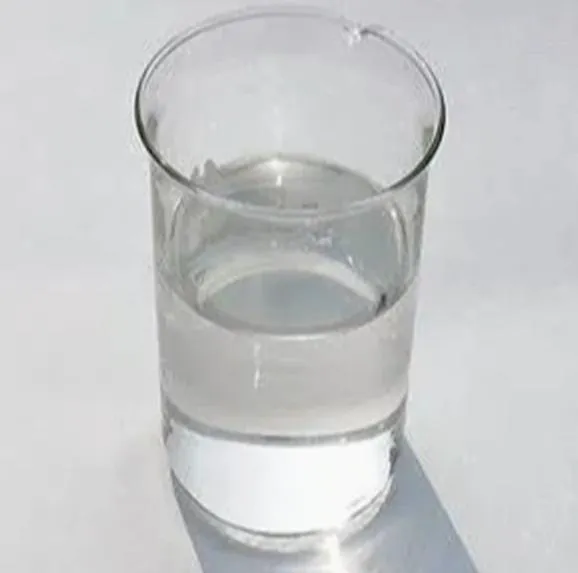 Email: sale@hebeidisha.com
Email: sale@hebeidisha.com
 Tel: +86 13315186550
Tel: +86 13315186550
- Afrikaans
- Albanian
- Amharic
- Arabic
- Armenian
- Azerbaijani
- Basque
- Belarusian
- Bengali
- Bosnian
- Bulgarian
- Catalan
- Cebuano
- China
- China (Taiwan)
- Corsican
- Croatian
- Czech
- Danish
- Dutch
- English
- Esperanto
- Estonian
- Finnish
- French
- Frisian
- Galician
- Georgian
- German
- Greek
- Gujarati
- Haitian Creole
- hausa
- hawaiian
- Hebrew
- Hindi
- Miao
- Hungarian
- Icelandic
- igbo
- Indonesian
- irish
- Italian
- Japanese
- Javanese
- Kannada
- kazakh
- Khmer
- Rwandese
- Korean
- Kurdish
- Kyrgyz
- Lao
- Latin
- Latvian
- Lithuanian
- Luxembourgish
- Macedonian
- Malgashi
- Malay
- Malayalam
- Maltese
- Maori
- Marathi
- Mongolian
- Myanmar
- Nepali
- Norwegian
- Norwegian
- Occitan
- Pashto
- Persian
- Polish
- Portuguese
- Punjabi
- Romanian
- Russian
- Samoan
- Scottish Gaelic
- Serbian
- Sesotho
- Shona
- Sindhi
- Sinhala
- Slovak
- Slovenian
- Somali
- Spanish
- Sundanese
- Swahili
- Swedish
- Tagalog
- Tajik
- Tamil
- Tatar
- Telugu
- Thai
- Turkish
- Turkmen
- Ukrainian
- Urdu
- Uighur
- Uzbek
- Vietnamese
- Welsh
- Bantu
- Yiddish
- Yoruba
- Zulu
nov . 07, 2024 18:10 Back to list
Methods for Producing Xanthan Gum in Food and Industrial Applications
The Xanthan Gum Production Process An Overview
Xanthan gum is a polysaccharide that is widely used in the food and pharmaceutical industries due to its unique thickening and stabilizing properties. It is produced through the fermentation process of a specific strain of bacteria known as *Xanthomonas campestris*. Understanding the production process of xanthan gum is essential for improving efficiency and ensuring quality in its application across various sectors.
The Fermentation Process
The production of xanthan gum begins with the selection of the right strain of *Xanthomonas campestris*. This bacterium is commonly found in soil and is known for its ability to produce xanthan gum during its growth in a sugar-rich medium. The fermentation process typically takes place in large bioreactors, where sterile conditions are maintained to prevent contamination.
1. Preparation of the Fermentation Medium The first step involves preparing a nutrient-rich medium that contains carbohydrates, nitrogen sources, and minerals. Commonly used carbohydrates include glucose, sucrose, or other sugar sources, which serve as the primary energy source for the bacteria.
2. Inoculation Once the medium is prepared, it is inoculated with a culture of *Xanthomonas campestris*. This inoculation allows the bacteria to thrive and begin the fermentation process. The bioreactor conditions, such as temperature, pH, and agitation, are carefully controlled to optimize bacterial growth and xanthan gum production.
3. Fermentation During fermentation, the bacteria metabolize the sugars in the medium and convert them into xanthan gum, which is secreted into the surrounding liquid. This process usually lasts several days, during which the broth is monitored for viscosity and other parameters to ensure optimal production.
4. Harvesting After fermentation is complete, the xanthan gum must be separated from the fermentation broth. This is typically done by centrifugation, which removes the bacterial cells and other solids, leaving behind a viscous liquid containing xanthan gum.
xanthan gum process

Purification and Drying
The liquid extract still contains impurities and residual nutrients that must be removed to obtain high-purity xanthan gum. The purification process often involves precipitation with alcohol, where ethanol is added to the xanthan liquid to cause the xanthan gum to precipitate out. The precipitate is collected, washed, and then re-dissolved in water.
After purification, the xanthan gum solution must be dried to produce a powder form, which is easier to handle, store, and transport. Common drying methods include spray drying or freeze drying. The choice of drying technique can affect the properties of the xanthan gum, including its solubility and rehydration characteristics.
Quality Control and Application
Quality control is crucial at every stage of xanthan gum production. The final product is tested for viscosity, pH, microbial content, and other parameters to ensure that it meets industry standards. Xanthan gum is acclaimed for its ability to enhance texture and stabilize emulsions in food products, making it a popular ingredient in salad dressings, sauces, and gluten-free baking.
Beyond the food industry, xanthan gum is also used in cosmetics, pharmaceuticals, and even oil drilling. Its versatile properties allow it to be an effective thickener, stabilizer, and emulsifier across various applications.
Conclusion
The xanthan gum production process is a complex but fascinating journey from fermentation to final product. Understanding this process is crucial for manufacturers seeking to optimize their production techniques and ensure the consistent quality of xanthan gum. Its unique properties make it a valuable ingredient in numerous industries, and as demand for natural and functional food additives grows, xanthan gum will undoubtedly continue to play a significant role in the market.
Latest news
-
Certifications for Vegetarian and Xanthan Gum Vegetarian
NewsJun.17,2025
-
Sustainability Trends Reshaping the SLES N70 Market
NewsJun.17,2025
-
Propylene Glycol Use in Vaccines: Balancing Function and Perception
NewsJun.17,2025
-
Petroleum Jelly in Skincare: Balancing Benefits and Backlash
NewsJun.17,2025
-
Energy Price Volatility and Ripple Effect on Caprolactam Markets
NewsJun.17,2025
-
Spectroscopic Techniques for Adipic Acid Molecular Weight
NewsJun.17,2025